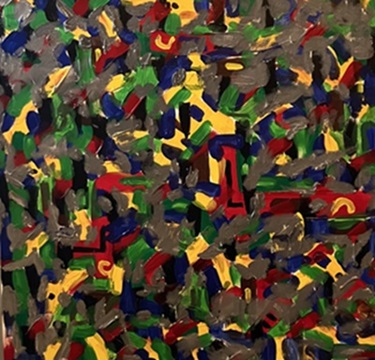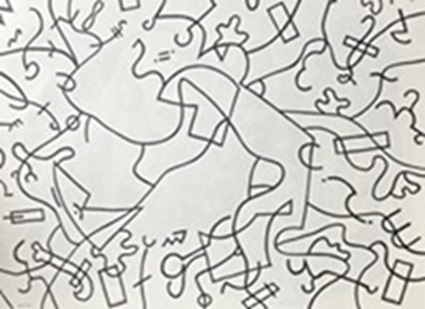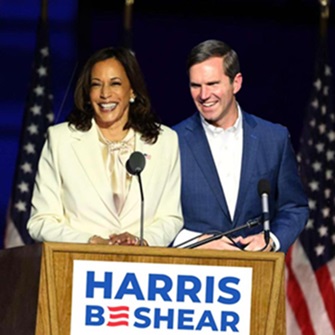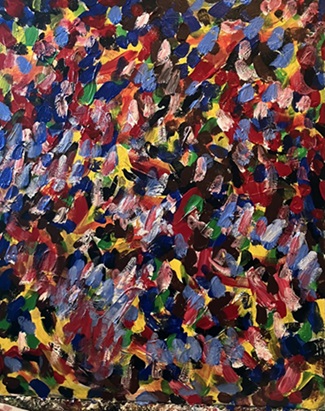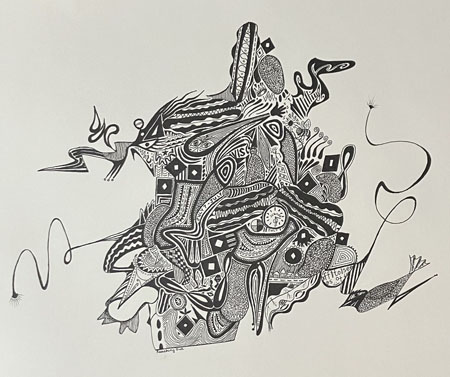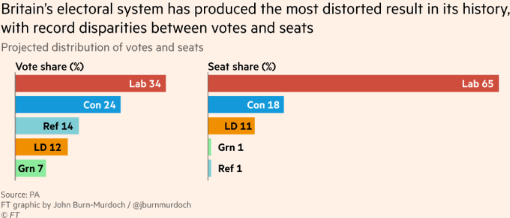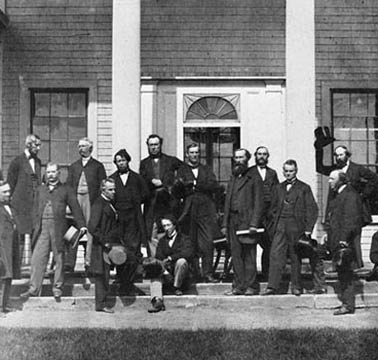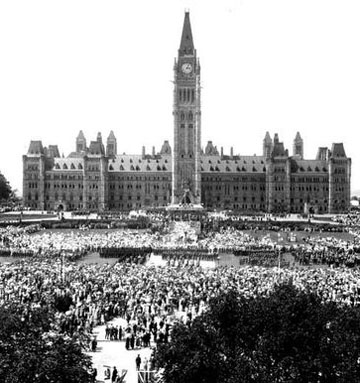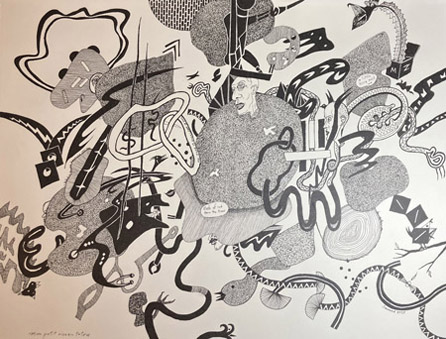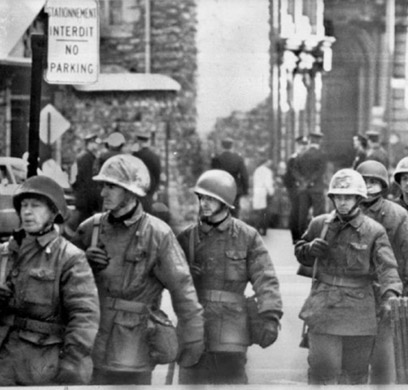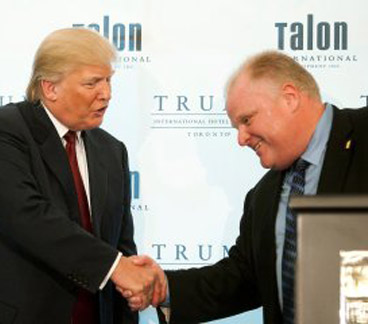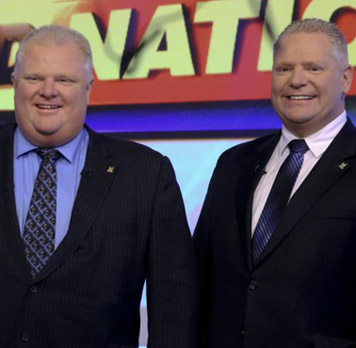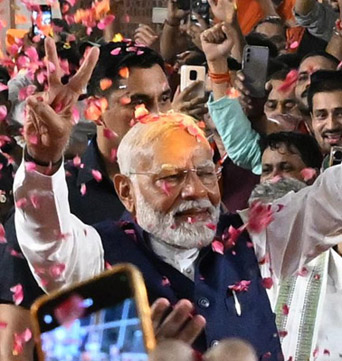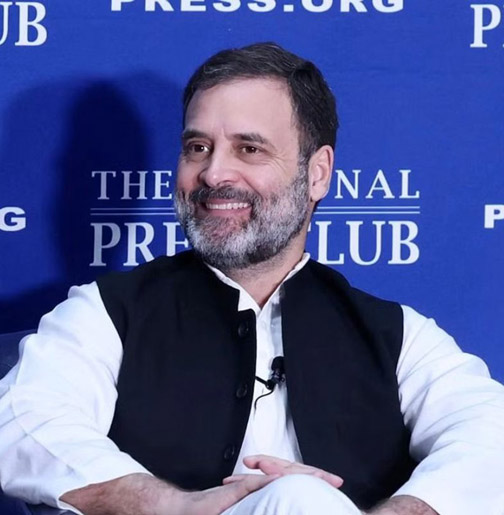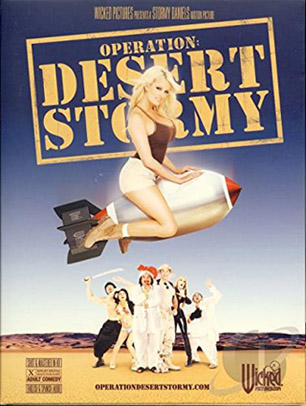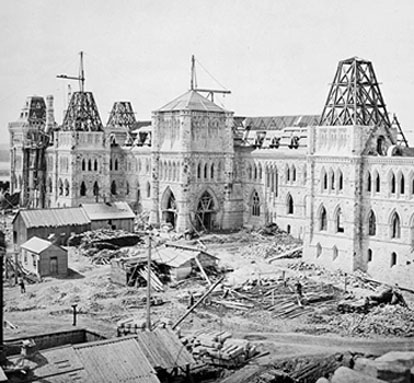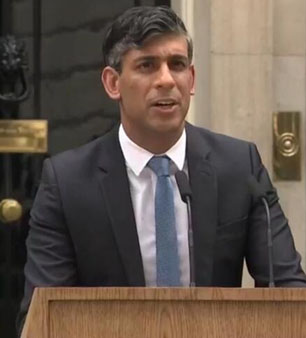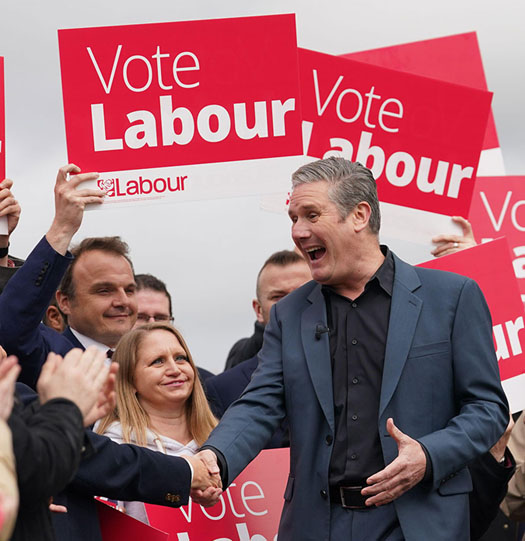Could Kamala Harris now turn into a female Barack Obama who finally crushes Donald Trump on November 5?
Posted: July 22nd, 2024 | No Comments »RANDALL WHITE, NORTH AMERICAN NOTEBOOK, TORONTO . MONDAY, JULY 22, 2024. What a day yesterday was! And any current guesses about just what will happen in the (maybe) fateful US election this coming November 5, 2024 are strictly guesses (of course).
Then there is the still apparently relevant view of the Will Rogers who died in a small airplane crash in 1935 : “I don’t belong to any organized political party. I’m a Democrat.”
In any case, as the CNN headline succinctly explained early yesterday afternoon, Sunday, July 21, 2024 : “Biden will not seek reelection; endorses Harris.”
Arguably enough, the least the congenitally disorganized Democrats can do is finally accept President Biden’s endorsement of Kamala Harris as their new presidential nominee in the 2024 election — as many “prominent Democrats” have already, “including former President Bill Clinton and former Secretary of State Hillary Clinton.”
No coronation for Kamala Harris?
Attention would then focus on the nomination of a vice presidential running mate for Ms Harris. Ordinarily the vice-presidential nominee would just be chosen by the presidential nominee. Whatever else, however, the summer of 2024 in the USA is not ordinary.
As has been noted in various places Barack Obama “calls Biden ‘patriot of the highest order’ after Biden drops out of 2024 race.” But former President Obama has stopped short of immediately endorsing Kamala Harris as Biden’s successor in the 2024 presidential contest.
Obama has urged instead : “We will be navigating uncharted waters in the days ahead. But I have extraordinary confidence that the leaders of our party will be able to create a process from which an outstanding nominee emerges.”
There similarly seems some consensus among Democrats that there should be no “coronation” of Kamala Harris. And she herself “said Sunday that she intends to ‘earn and win’ the Democratic presidential nomination after President Biden’s announcement that he is stepping aside.”
Choosing a new Democratic vice-presidential nominee
In theory, one way of largely accepting Ms Harris as new presidential nominee, while still giving the broader party a voice about who succeeds the “Biden–Harris” team, would be to let delegates to the 2024 Democratic convention in Chicago, August 19–22, play some role in choosing a new vice-presidential nominee.
I am certainly no expert in the relevant Democratic party rules. I am nonetheless guessing that opening up or democratizing the vice-presidential nominating process in this way is not likely to actually happen, for various good and bad reasons.
This seems to me unfortunate. At any rate my own new vice-presidential preference at this point is Andy Beshear, Governor of Kentucky.
Some commentator on US TV yesterday said he did not know just what Governor Beshear would bring to a Harris ticket. To explain my own view here I must say a few words first about what strike me as Kamala Harris’s potential strengths.
Some female version of Barack Obama?
Bill Maher on his TV show (the one before the most recent this past Friday) urged that for some mysterious reason Ms Harris has just not become widely popular as Joe Biden’s vice president. And he seemed to imply that this limited her potential performance as a presidential nominee.
Yet circumstances have now virtually changed overnight. Kamala Harris is from the USA’s current most populous “State of What’s Next” in California. She has as well a diverse cultural background — in which she can realistically claim both some African and some Asian descent. (And then there’s her distinguished-looking White American husband!)
We Canadians (who typically “vote Democratic in American elections,” as the historian Frank Underhill observed long ago) can also take some heart from Ms Harris’s time in Canada during her youth. (She is a graduate of Westmount High School in Montreal.)
My own vague sense is that as she rises to meet the challenges of her new circumstances, Kamala Harris just might turn into some female version of Barack Obama from Hawaii. She might manage to galvanize the rising new demography of the USA, in a way that could definitively defeat Donald Trump and the declining old demography that he has for the moment captured.
The case for a Harris–Beshear Democratic ticket in 2024
In this great new enterprise Ms Harris might also be helped with the broader American electorate by a vice-presidential nominee who is the somewhat rare Democratic Governor of Kentucky — home of the Kentucky Derby, Kentucky fried chicken, and Republican senators Mitch McConnell and Rand Paul.
Andy Beshear is of course not really at all like the Rhodes scholar Bill Clinton, who went from Governor of Arkansas to the White House.
But my only half-informed (at best) sense of the moment is that Mr. Beshear from the red-state midwest might take some of the slightly too California, multicultural, and progressive edge off Ms Harris, to her ultimate electoral advantage — even in such must-win states for the 2024 Democrats as Michigan, Pennsylvania, and Wisconsin.
Of course I could be dead wrong. Politics, especially in the USA in 2024, is (in some degree at aleast) radically unpredictable.
The good news about the “patriot of the highest order” (who will still be president until January 20, 2025)
The undeniable good news is that the already great American Joe Biden has done the right thing.
He has proved that he is indeed a “patriot of the highest order,” as Barack Obama has explained.
President Biden is not just another power-mongering politician (and/or TV game-show host).
The authentic Democracy in America that I admire myself is still alive and well. My faith in the future of the USA, like that of many others, has been restored.
The only trouble on my personal front is that Canadians would typically vote Democratic if they actually voted in American elections. But we do not.
(For that I will have to rely on my daughter-in-law and mother of my five remarkable grandchildren, who lives in California — just like Kamala Harris.)
